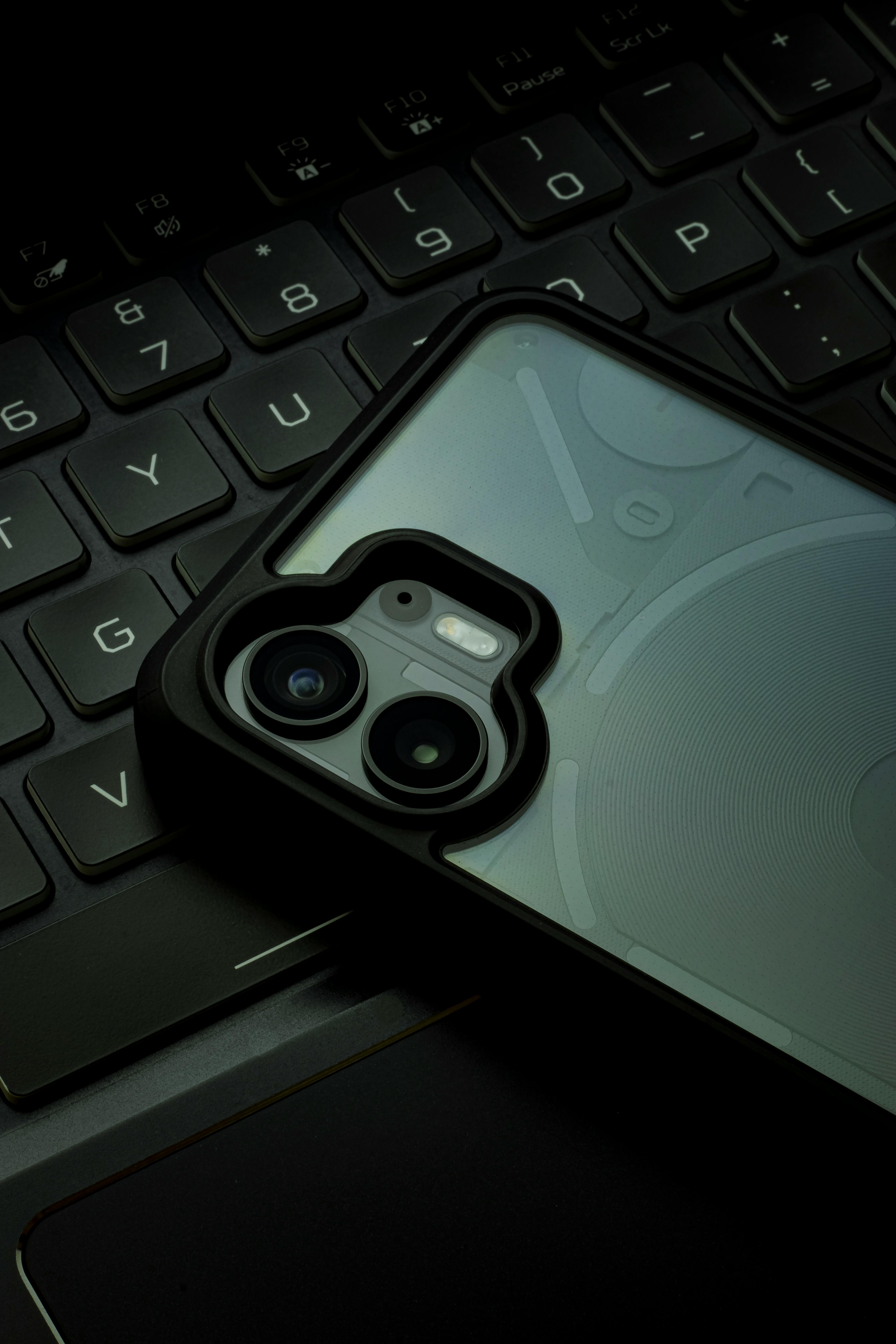In recent years, there has been a growing concern about the impact of smartphones and social media on the mental health of teenagers. With the introduction of the iPhone and the prevalence of front-facing cameras, adolescence took on a new nature that has resulted in concerning effects on mental well-being. Rates of nonfatal self-harm and emergency room visits for self-harm among teenage girls in the United States have seen a significant increase over the past decade. However, it is important to note that changes in screening guidelines and hospital coding may have influenced these statistics. While the belief that smartphones and social media are driving a mental health crisis among American teenagers has gained popularity, the data surrounding this topic remains mixed and ambiguous. Suicide rates, for example, show a complex pattern across countries and gender. Rates of depression and anxiety among teenagers have also grown in certain regions, but it is challenging to determine whether this is solely attributed to smartphone use or other contributing factors. Surveys and studies on teenage well-being and life satisfaction present inconsistent results and vary significantly from country to country. Thus, it becomes imperative to delve deeper into the intricate relationship between smartphones, social media, and the mental health of teenagers.
Impact of Smartphones and Social Media on Teen Mental Health
Introduction of iPhones and Front-facing Cameras
The release of the iPhone in 2007 and the addition of front-facing cameras in 2010 marked a significant turning point in the way adolescents interacted with technology and ultimately had a profound impact on their mental health. These technological advancements revolutionized the accessibility of smartphones and facilitated the rise of social media platforms, fundamentally changing the nature of adolescence.
Negative Effects on Mental Health
The increased usage of smartphones and social media platforms has been linked to various negative effects on teen mental health. Adolescents have undergone significant behavioral changes, spending a substantial amount of their time engaged in virtual activities rather than in-person social interactions. This shift in behavior has led to a disruption in the development of important social skills and a decrease in face-to-face social interactions, which can negatively impact mental well-being.

Increase in Nonfatal Self-harm and Emergency Room Visits
One alarming consequence of the rise of smartphones and social media is the significant increase in nonfatal self-harm and emergency room visits among teenage girls in the United States. Studies have shown that between 2012 and 2019, the rates of self-harm and related emergency room visits have skyrocketed. This concerning trend raises questions about the potential contributing factors and the role smartphones and social media may play in these behaviors.
Possible Contributions to Hospitalization Data
Several factors may contribute to the increase in hospitalization data for self-harm and suicidal behavior among teenagers. Changes in screening guidelines and hospital coding procedures may have led to better identification and reporting of self-harm cases. As healthcare professionals become more aware of the signs and symptoms associated with self-harm, the accuracy of hospitalization data improves. However, it's important to note that increased reporting does not necessarily imply a direct causative link to the rise of smartphones and social media.

Popularity of the Belief in Smartphone and Social Media-driven Crisis
The pervasive belief that smartphones and social media are responsible for a mental health crisis among American teenagers has gained significant traction in recent years. This belief is fueled by growing concerns, public perception, and media attention surrounding the potential negative impacts of technology on the well-being of teenagers. Expert opinions and research studies have also shed light on specific risks associated with smartphone and social media usage.
Mixed and Ambiguous Data on Teen Mental Health
While the belief in a smartphone and social media-driven mental health crisis persists, the data on teenage mental health is mixed and ambiguous. Different studies yield varied findings, and results from surveys often conflict with one another. These inconsistent findings make it challenging to establish clear causal relationships between smartphone use, social media, and mental health outcomes.

Complex Pattern of Suicide Rates
Understanding suicide rates among teenagers is a complex endeavor. Patterns across countries and gender reveal significant variations and disparities. Cultural and societal factors heavily influence suicide rates, making it difficult to attribute them solely to the rise of smartphones and social media. Comprehensive analysis is required to disentangle the multifaceted causes behind suicide rates among adolescents.
Rates of Depression and Anxiety
Globally, there has been a notable increase in the rates of teenage depression and anxiety. While some regions show higher prevalence than others, attributing this solely to smartphone use is challenging. Various additional factors, such as academic pressures, social dynamics, and family environments, can contribute to mental health issues. It is crucial to consider these factors alongside smartphone use when analyzing the rise in depression and anxiety rates.

Difficulty in Determining the Cause of Increased Rates
Determining the precise cause of increased mental health issues among teenagers is a complex task. The interplay between various factors, including smartphone use, social media, cultural influences, and societal pressures, makes it challenging to isolate one specific cause. Moreover, individual experiences and circumstances differ greatly, further complicating the analysis. A holistic approach that considers multiple factors is necessary to gain a comprehensive understanding.
Inconsistent Results on Teenage Well-being and Life Satisfaction
Examining teenage well-being and life satisfaction yields inconsistent results across different studies and countries. Measurement methods, cultural contexts, and societal influences all contribute to the variations observed. While some studies highlight negative impacts of technology on overall well-being, others find little to no significant correlation. These inconsistencies underline the complexities involved in disentangling the specific effects of smartphones and social media on teenage well-being.
In conclusion, the introduction of smartphones and the rise of social media have had a profound impact on teen mental health. Negative effects, such as changes in adolescent behavior, psychological impacts of smartphone use, and the obsession with likes and validation, have been observed. The increase in nonfatal self-harm and emergency room visits raises concerns about the potential role of smartphones and social media. However, the data on teen mental health is mixed and ambiguous, making it difficult to establish clear causal relationships. Factors such as cultural influences, societal pressures, and additional contributors to mental health issues further complicate the analysis. A comprehensive and nuanced understanding of the impact of smartphones and social media on teen mental health requires consideration of multiple factors and a holistic approach to research.




